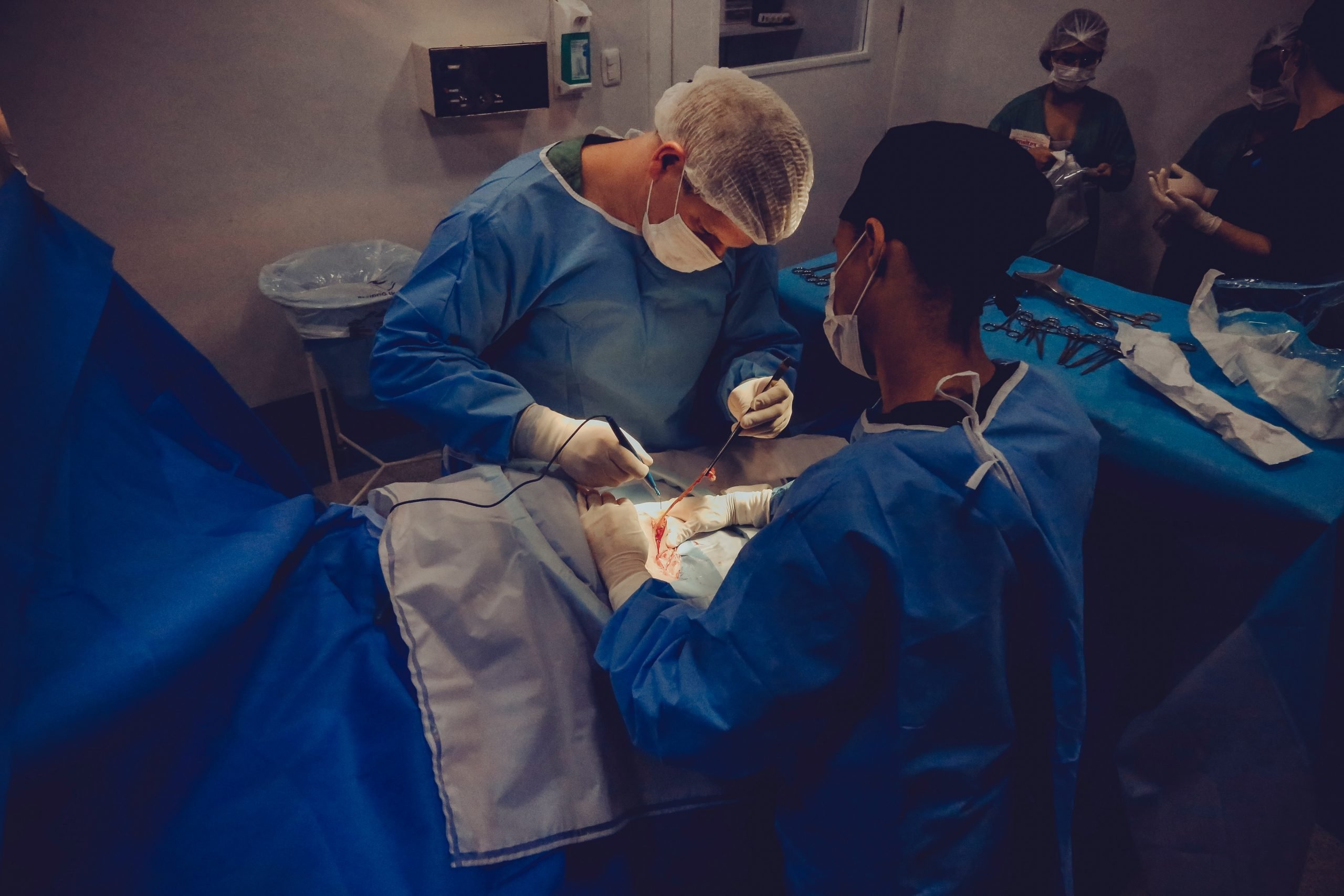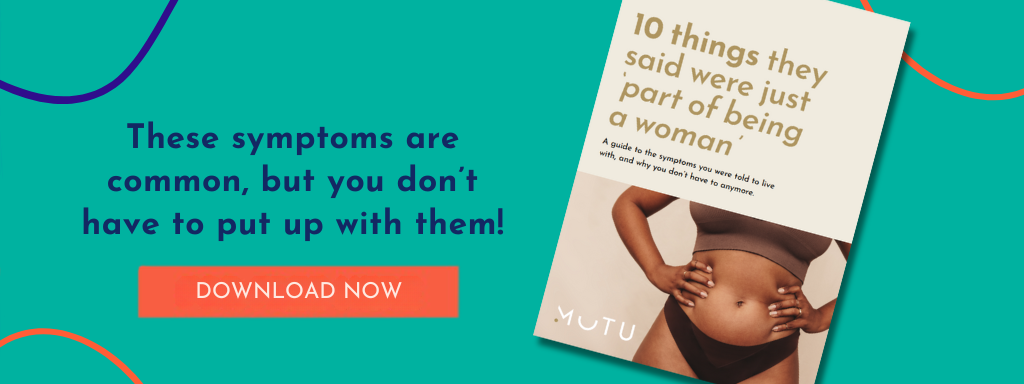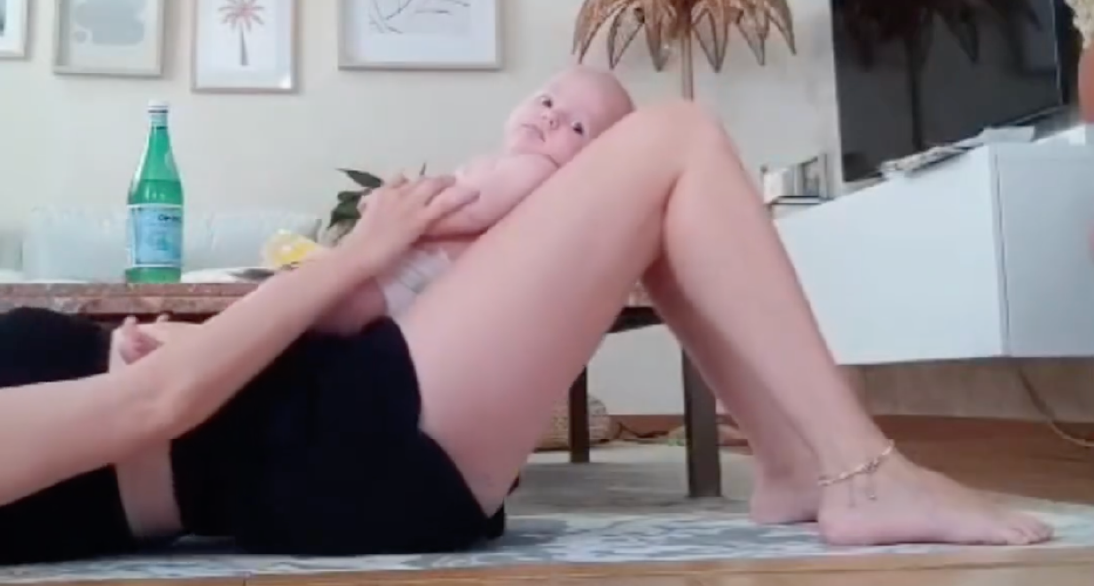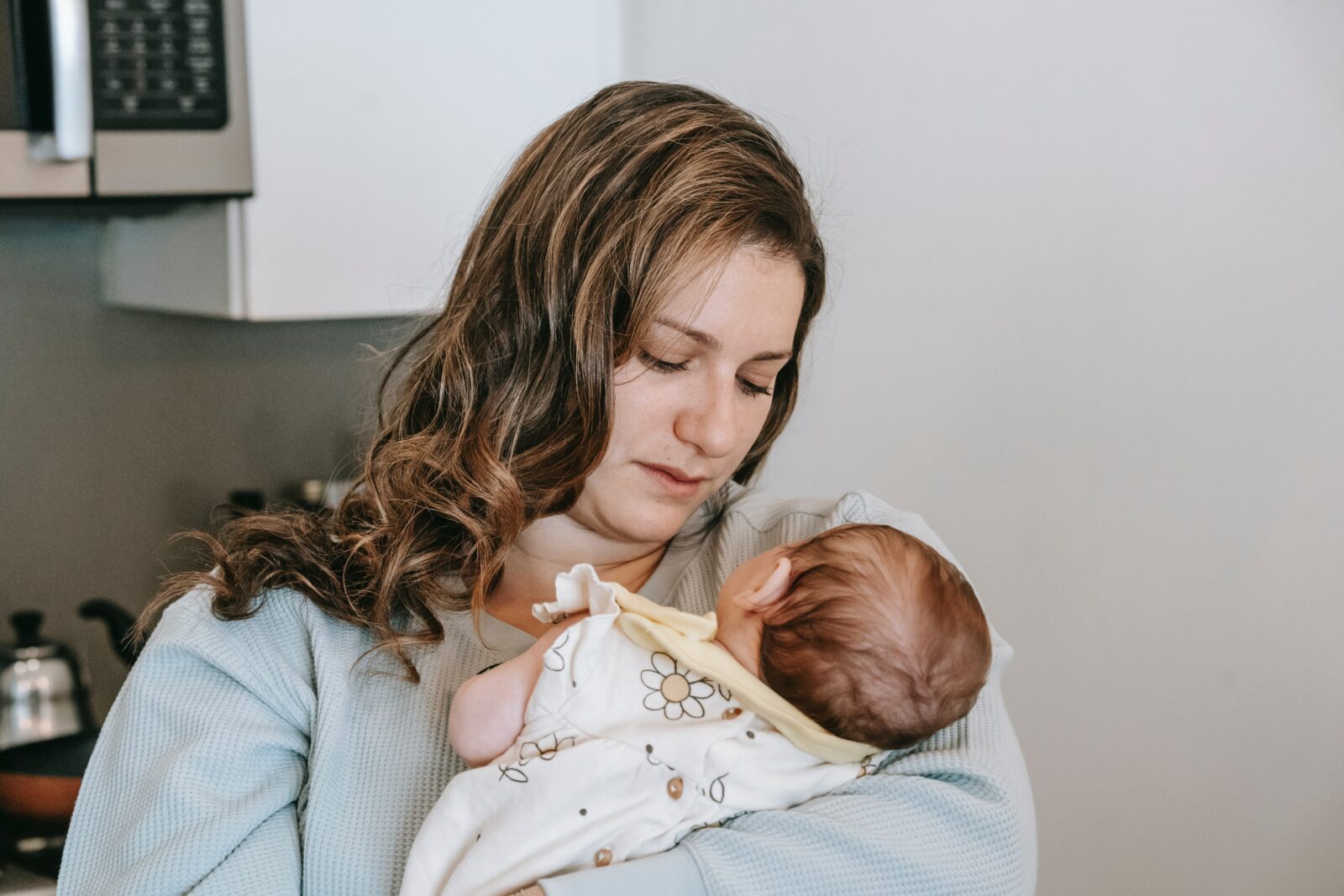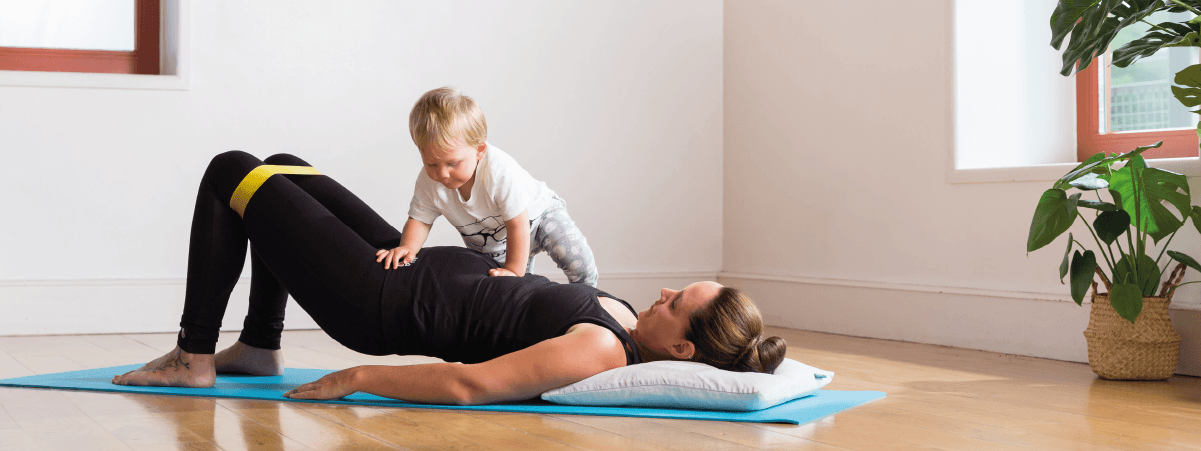I know from personal experience and from working with thousands of moms, that our postpartum body comes as quite a shock. Often times the first place people turn to is Diastasis Recti surgery. Your body doesn’t look or feel the way it used to. It maybe doesn’t work or respond the way it used to. Your past strategies or regimes simply aren’t getting results. This new apparent lack of control over our bodies can be super-hard to accept, leaving us frustrated and lacking in body confidence. We gave life, we carried and birthed our babies. We should be feeling the most feminine, sexy and powerful of our lives. But instead, we can feel depleted, and disempowered to change it.
Considering Diastasis Recti Surgery
Maybe your workout efforts don’t seem to impact the parts of our body you most want to change. You may have leaking or pain. So you scour the internet, ask Doctors and health magazines, and confide in friends for answers. The conclusion many Moms come to, is that ‘this body’ is as good as it gets after babies. That we should just deal with it, that exercise won’t work and that surgery is the only answer.
So is diastasis recti surgery the answer? And does considering surgery make us vain, shallow or unappreciative of our bodies? (No. No, it doesn’t).
In most cases, you won’t need Diastasis Recti surgery.
In all cases, surgery or not, MUTU System can help. It does this by reestablishing the mind-muscle connections essential for true healing, core restoration and strength.
You may be considering surgery as a personal choice for better function and /or aesthetics. Or your specialist Physical Therapist may recommend it when your body is unresponsive to a program of core reconnection. Your choices about your own body are not for the judgment or approval of others. Surgery is a big decision which will require many long weeks of healing. It will impact your life and your whole body. If in consultation with a trusted medical caregiver, you decide that surgery is right for you, and resources permit, go for it.
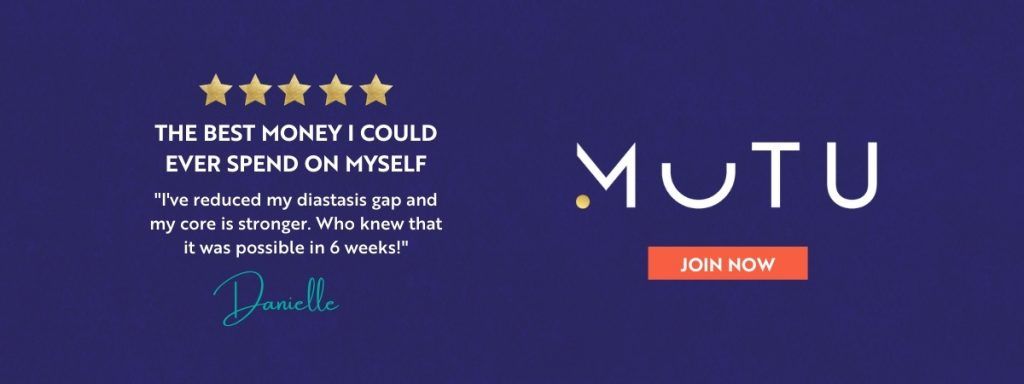
When is surgery necessary to correct a diastasis?
Rather than a defined ‘how wide is too wide?’ distance, we consider diastasis severe when the fascial system remains unable to generate tension. More here on When is Diastasis recti considered severe?
This means the midline, the gap itself, cannot regain tension even when the core is functional and restored. Your trunk cannot provide stability when standing on one leg, or lifting or squatting. A qualified physical therapist will be able to determine when surgery may be beneficial to restore this midline tension.
It’s important to note though, that surgery won’t teach the muscles to work right. Core training, along with alignment work, will be necessary post-surgery to achieve true stability and strength.
Individual, professional assessment is necessary for truly personalised diagnosis and the most effective treatment.
Diastasis Recti surgery is only part of the solution
Abdominal surgery such as muscle plication (sewing the 2 sides of your abdominal muscles back together), along with a tummy tuck or ‘Mommy Makeover’, can only do so much. Surgery can tighten the tissues, bring them back together, and remove loose skin and fat. But it can’t strengthen your muscles, or reconnect the essential pathways you need to regain full core function. In fact, the surgical process itself inevitably means further loss of nerve pathways and ‘mind to muscle’ connections.
Reconnecting your core is physiological in the sense of finding and learning how to engage and use those muscles effectively and functionally. It is also an emotional mind-body connection and an essential process, surgery or not.
If you want to feel good about and in your body, you still need to ‘do the work’.
‘The work’ is not hardcore workouts, more or more intense exercise. It’s learning how your core works. Understanding what went on in there, and empowering yourself to decide. Then you can make those connections to build the foundations of a core and pelvic floor that work in daily movement and when working out.
You will progress to the sports or activities of your choice, knowing that you are using your core safely and for long term full body health.
Diastasis Recti surgery – Samantha’s story
Hi! I’m a Mama who loves and supports MUTU System and I had surgery to fix my separated rectus muscles and umbilical hernia, and to remove my extra skin. I’m a petite Mama of 2 boys who were big babies.
After the birth of my first son in 2009, my body returned to its pre-pregnancy size within a few months. However, after the birth of my second son in 2011, I still looked a few months pregnant a year later.
In 2013 I hired a personal trainer to help me get toned and lose the baby weight. I knew I had Diastasis Recti and an umbilical hernia so carefully avoided the no-no exercises. I got to my desired weight and looked toned, but still had the pooch and mild back pain.
In 2014 I found the 12 Week MUTU System program and followed its wonderful teachings (clean eating, exercises, alignment, etc.). I was able to reduce my gap from 3 fingers to less than 2! This felt great and I had less back pain, but alas, I still had the extra skin. I wish I could say I was content and just loved me for me, but it really bothered me that I was in the best shape of my life and people still asked me if I was pregnant. Yes, MUTU does work! But if you try everything and still have the pooch, surgery may be the last resort needed to visit!
The Decision
In 2015, on the advice of my primary care doctor, I consulted with plastic surgeons and decided to get a full abdominoplasty (aka Tummy Tuck). This cosmetic procedure removes extra fat and skin and tightens the rectus muscles. My surgeon said my muscles were 3-4 fingers separated – not sure if I was doing the self-test wrong, but wow! Because of the hernia I chose to have a new SERI silk scaffolding mesh added to reinforce the connective tissue. This safe mesh will dissolve within 18-24 months.
Both of my boys were delivered by c-section, so I wondered if the scar would be in the same place and if the recovery would be similar. My doctor was able to create an incision lower than my c-section scar, however the location goal should be discussed with the surgeon beforehand, as everyone’s scar/skin situation is different. The recovery pain is also different than a c-section. Some feel the abdominoplasty is worse, others easier! Everyone has a different pain tolerance, of course. This surgery is definitely much more intense than a c-section, and while the pain is controlled with medication, I never felt horrific pain – I was just very sore and uncomfortable for the first few days.
Diastasis Recti Surgery Recovery
The recovery is MUCH longer than a c-section, that’s for sure! I was hunched over for a few weeks and told not to lift anything over 20lbs for 3 months. (Each surgeon has his/her own post-surgery recommendations regarding compression garments, when to resume exercise, how much you can lift and when, etc.).
I think it is important to clarify that I NEVER wanted to have Diastasis Recti Surgery, and I know it isn’t for everyone. It is expensive, uncomfortable/painful, comes with potential post-operative complications, requires much time off and assistance with child care, plus the long recovery time. Swelling of the abdominal area can last up to 6 months to a year!
I can assure you that you will need someone to watch the kids for the first week at least. You will also need a caregiver to help you get in and out of bed, to the bathroom, to your post-op appointments, keep up with your medication, etc. You won’t be able to drive for at least a week (some doctors advise you to wait closer to 3 weeks), you won’t be able to lift the kids into car seats for a few months (if they can climb in, you’ll be able to tighten them after a few weeks), I could go on and on! My kids’ ages 6 & 4 made it a little easier. They can be independent when needed and also understood not to hurt me!
Exercising again
As I write this, I am currently 3 months post-op and I can confidently say that choosing Diastasis Recti Surgery was the right decision for me. I am standing up straight (properly aligned, of course!), have no back pain, my hernia is fixed, and my tummy is flat! Well, I do still have a little swelling below the incision, but I’m okay with that, knowing I still have many months of recovery ahead.
Overall, I’m grateful that MUTU System got me to a healthy place before surgery, which has undoubtedly helped to make my recovery easier. And…I was just cleared to start gentle abdominal exercises, so thanks to Wendy and MUTU, I have my fitness plan all ready to go!

Above you can see photos of Samantha’s journey.
Who to consult
If you’re considering diastasis recti surgery for functional or aesthetic reasons or both, I urge you to consult and work in the first instance with a specialist Women’s Health Physical Therapist as well as following a dedicated postpartum core restoration program. By educating yourself and retraining your core muscles to work naturally and functionally, you will very likely not need surgery. Your specialist Physical Therapist will be able to tell you for sure if your body is simply not responding to the process, but it is without doubt worth pursing the non-intervention route first.
If surgery is still recommended or desired, then the work you have done will put your body in the best possible place to recover and strengthen afterwards. Continue with gentle core restoration work post-surgery to increase circulation, aid healing, regain sensitivity and get truly strong.
Remember if you only consult a surgeon in the first instance, they will recommend surgery! So get as informed and empowered as possible. Consult a specialist surgeon such as Dr Kulkarni. Pregnancy and birth already feels ‘handed over’, and out of control for many women. So don’t simply pass your care and healing over to a surgeon without really understanding and knowing your own body.
Whatever your own healing and strengthening journey looks like, please don’t feel guilty about any of it. Women have come to MUTU feeling ‘like a fraud’ for getting surgery… this is crazy. Your choices about what is best for your own body are for no one to judge. Get informed, make empowered, considered and mindful choices. You gave life, and every woman deserves a body that works, looks and feels vibrant and strong to reflect that.



